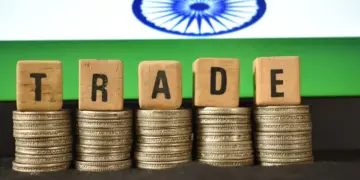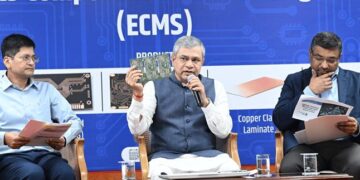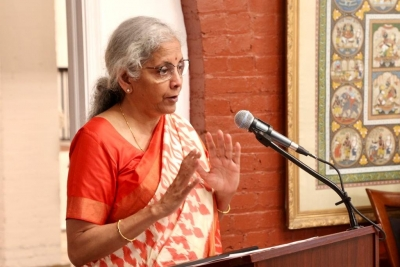New Delhi: The climate finance needed for nine major emerging economies in the G20, including India, China, Brazil, and South Africa, to transition to a low-carbon future by 2030 amounts to about USD 2.2 trillion or 0.6 per cent of their GDP on average, according to a new study.
The report titled “Climate Finance Needs of Nine G20 Emerging Market Economies: Well Within Reach”, released by think tank Centre for Social and Economic Progress, challenges the widespread perception that emerging economies face “unaffordable” costs to meet their climate goals.
It focuses on Argentina, Brazil, China, India, Indonesia, Mexico, Russia, South Africa, and Türkiye, which together represent most of the G20’s emerging market economies (EMEs).
The study estimates that these nine countries will require an average of about USD 255 billion a year between 2022 and 2030 to decarbonise their power, transport, steel, and cement sectors, which together account for nearly half of their total carbon emissions.
Excluding China, the requirement for the eight remaining economies, including India, drops to USD 854 billion or just 0.5 per cent of their combined GDP.
It says the energy transition in developing nations is economically feasible if supported by cheaper financing and international cooperation.
The analysis uses a “bottom-up” approach, calculating the extra capital needed over and above business-as-usual investments.
All the EMEs selected for this study together constitute 30 per cent of global GDP, 47 per cent of global population, and 30 per cent of global carbon emissions.
The biggest funding needs are in the steel (USD 1.2 trillion) and cement (USD 453 billion) sectors, where emissions are hardest to reduce due to limited alternatives to carbon capture and storage (CCS).
The road transport sector will require USD 459 billion, mainly to build charging infrastructure for electric vehicles.
The power sector will need USD 149 billion, the least among the four, as the costs of solar and wind energy have fallen sharply.
According to the study, the climate investments estimated for power, steel, and cement could prevent 33 billion tonnes of carbon dioxide emissions by 2030 at an average mitigation cost of USD 53 per tonne.
It says this estimate excludes road transport because of data limitations.
Among the sectors, decarbonising power remains the most expensive at USD 66 per tonne, followed by steel at USD 53, and cement at USD 49.
The authors, Janak Raj and Rakesh Mohan, say that while the total estimated requirement is large in absolute terms, it represents only a small share of these economies’ GDP and is “well within reach” if supported by multilateral and private finance.
They say that the challenge is not the cost itself but the ability of countries to manage and absorb large external capital inflows without disrupting domestic stability.
Multilateral development banks (MDBs), the report says, are expected to play a key role, but their current contribution is too small.
Climate finance from MDBs to these nine economies stood at USD 12 billion in 2022 and is projected to rise to USD 34 billion by 2030, enough to meet only 7 to 9 per cent of their total requirements.
Excluding China, MDBs could cover 15 to 25 per cent of the financing gap.
The authors urged MDBs to treat the decarbonisation of steel and cement industries, both major emitters but largely private-owned, as “public goods” deserving direct financing support.
They suggested that these banks can leverage scarce public resources to attract much larger private investment into climate projects.
The report also warned that several emerging economies may face difficulty absorbing external climate finance due to limits on capital inflows and macroeconomic risks.
While Türkiye, China, Mexico, and Russia have some room to handle additional climate funds, others will have to carefully balance new inflows with existing external financing to avoid monetary imbalances.
The analysis was released ahead of COP30 in Belém, Brazil, where climate finance for developing countries will be a central political issue.
Developing nations, including India, have long argued that finance from developed countries has fallen far short of promises, and they need at least USD 1.3 trillion annually by 2035.






